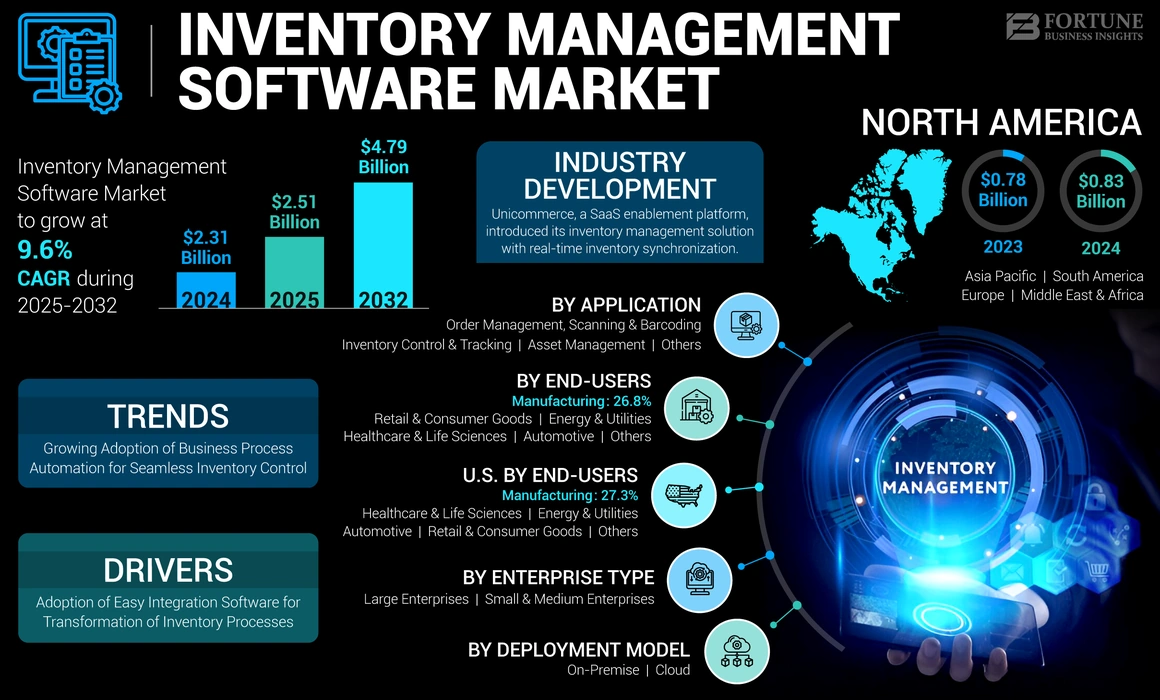Introduction
In today’s fast-paced and digital-first business environment, the role of technology in managing inventory accounting has become increasingly crucial. As organizations scale, manual inventory tracking and accounting practices quickly become inefficient and prone to costly errors. Enter business inventory accounting technology—an evolving field that integrates software, automation, and data analytics to optimize inventory management, ensure regulatory compliance, and enhance profitability.
This comprehensive guide explores the landscape of business inventory accounting technology in 2025, offering insight into key tools, benefits, features, implementation strategies, and future trends.
Understanding Business Inventory Accounting
Inventory accounting refers to tracking, valuing, and reporting inventory in a company’s financial records. It is integral to calculating the cost of goods sold (COGS) and determining gross profit.
Key components of inventory accounting include:
- Inventory Valuation Methods: FIFO (First-In-First-Out), LIFO (Last-In-First-Out), and Weighted Average.
- COGS Calculation
- Inventory Turnover Ratio
- Inventory Reconciliation
Accurate inventory accounting ensures:
- Compliance with financial reporting standards (GAAP/IFRS)
- Correct tax reporting
- Sound business decisions
The Evolution of Inventory Accounting Technology
Traditionally, businesses relied on spreadsheets or even paper-based methods for tracking inventory. However, as business models diversified and supply chains became global, the need for real-time, automated systems surged.
Milestones in the evolution include:
- ERP systems integrating inventory and finance functions
- Cloud-based inventory management platforms
- AI and machine learning for forecasting
- IoT for real-time inventory tracking
By 2025, technology has matured to deliver smart inventory systems that communicate across platforms and offer predictive insights.
Core Features of Modern Inventory Accounting Software
Modern inventory accounting software solutions are designed to offer end-to-end support for tracking, valuing, and managing inventory. Key features include:
- Real-Time Inventory Tracking:
- Integration with barcode scanners and RFID tags
- IoT-enabled sensors
- Automated Accounting Entries:
- Auto-calculation of COGS
- Integration with general ledger and financial statements
- Multi-Warehouse and Multi-Currency Support:
- Suitable for global operations
- Batch and Serial Number Tracking:
- Traceability for quality control and recalls
- Advanced Analytics and Forecasting:
- AI-driven demand planning
- Inventory turnover and obsolescence analysis
- Compliance and Audit Trail:
- Logs of all transactions for internal and external audits
Benefits of Using Inventory Accounting Technology
Implementing the right inventory accounting technology yields significant benefits:
- Accuracy: Reduces human error and ensures up-to-date records.
- Efficiency: Automation reduces time spent on manual entry and reconciliation.
- Cost Savings: Identifies dead stock and minimizes overstocking.
- Improved Decision-Making: Provides real-time financial insights.
- Regulatory Compliance: Facilitates easier audits and tax calculations.
- Scalability: Supports growing businesses and complex supply chains.
Popular Inventory Accounting Platforms in 2025
- NetSuite ERP
- Cloud-based, integrates inventory with finance and CRM.
- Powerful reporting and multi-location inventory tracking.
- QuickBooks Commerce
- Suited for small to mid-sized businesses.
- Seamless accounting and inventory syncing.
- Zoho Inventory
- Affordable, integrates with Zoho Books.
- Barcode scanning, warehouse management.
- SAP Business One
- Enterprise-grade solution.
- Real-time analytics, MRP integration.
- Cin7
- Cloud inventory management with POS and B2B features.
- Strong financial integration.
Chapter 6: Implementing Inventory Accounting Technology
Steps to successful implementation:
- Assess Needs: Evaluate inventory size, complexity, and business goals.
- Choose the Right Software: Based on budget, scalability, and features.
- Data Migration: Ensure clean and accurate data.
- Staff Training: Train employees on software use.
- Integration: Link with accounting, CRM, and ERP systems.
- Testing: Run parallel tests before full rollout.
- Monitor and Optimize: Continuously refine system settings.
Inventory Accounting and Regulatory Compliance
Inventory data affects tax calculations, especially under rules like:
- IRS Inventory Guidelines
- GAAP or IFRS for financial reporting
Software should:
- Support different valuation methods
- Provide clear audit trails
- Offer localization for country-specific tax rules
Common Challenges and How to Overcome Them
- Integration Issues:
- Use platforms with open APIs
- Data Inaccuracy:
- Regular stock audits and reconciliation
- Resistance to Change:
- Provide training and highlight benefits
- High Initial Cost:
- Consider SaaS models with monthly pricing
The Future of Inventory Accounting Technology
By 2030, expect further advances:
- AI-Driven Decision Engines
- Blockchain for Immutable Records
- Hyperautomation: Zero-touch workflows
- Predictive Analytics: Smarter demand planning
- Augmented Reality (AR): For warehouse operations
Conclusion
Business inventory accounting technology is no longer a luxury—it is a necessity. In an era where agility and data accuracy determine business success, leveraging the right technology ensures a competitive edge. By understanding the available tools, planning your implementation, and keeping up with emerging trends, your business can streamline inventory operations, enhance financial clarity, and position itself for sustained growth.
Whether you’re a small e-commerce business or a multinational manufacturer, the future of inventory accounting is digital, intelligent, and deeply integrated into your core financial systems. Make 2025 the year you modernize your inventory accounting strategy.
